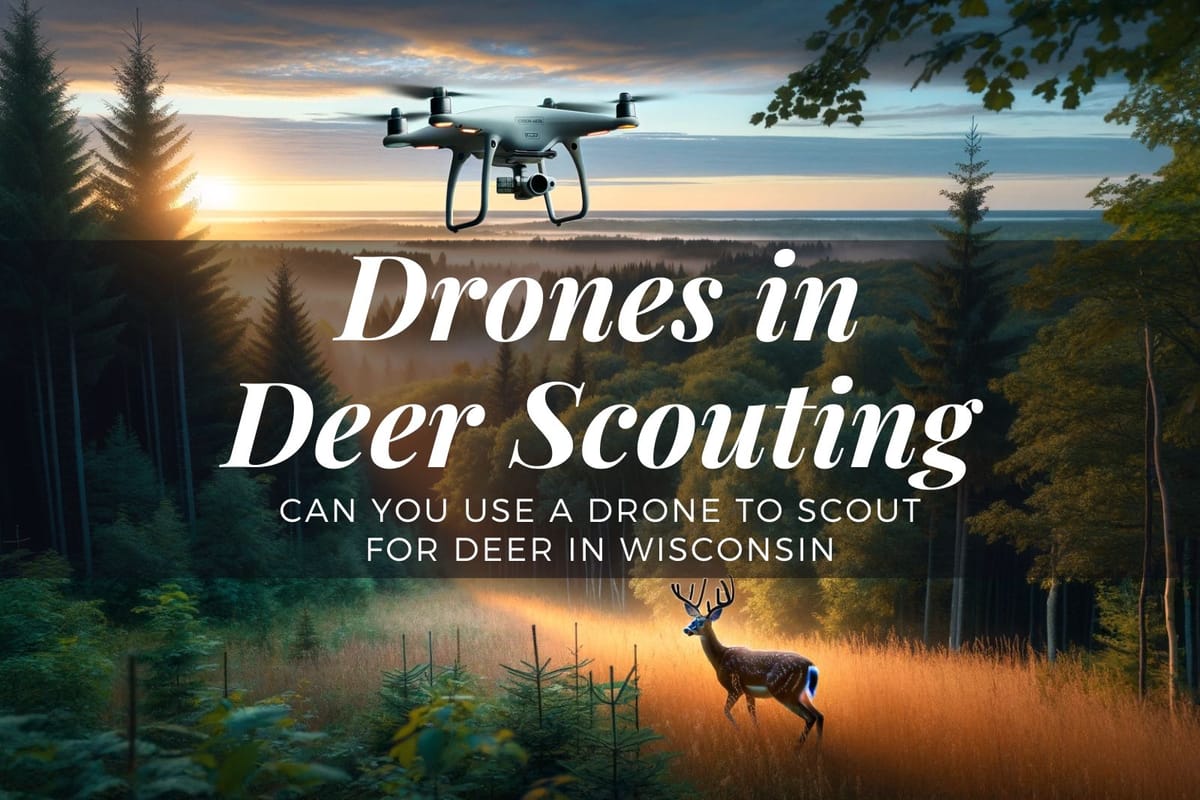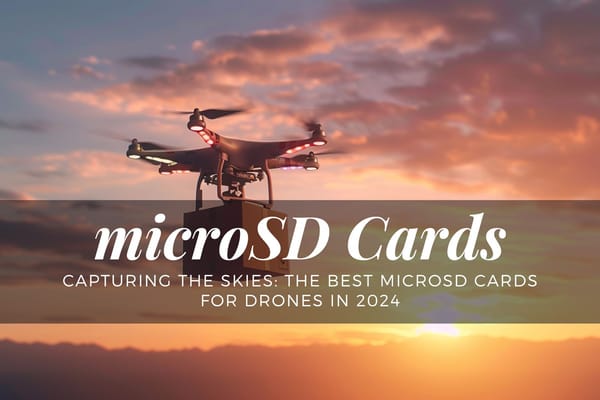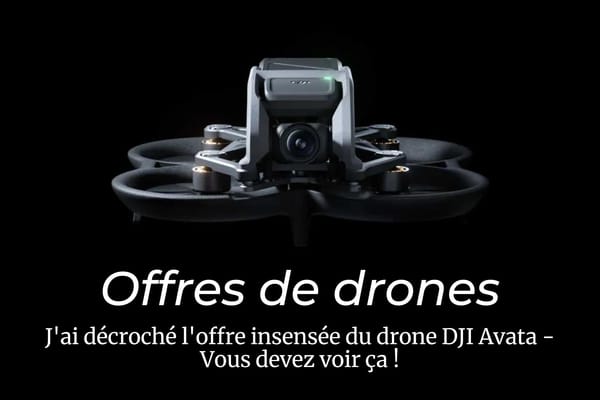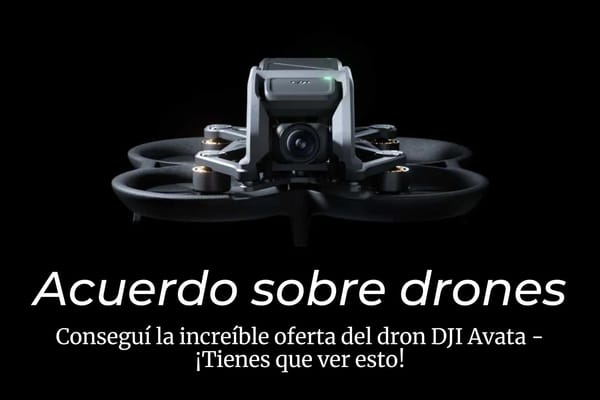Can You Use a Drone to Scout for Deer in Wisconsin? Unveiling the Rules of Aerial Hunting

"Have you ever wondered, 'Can You Use a Drone to Scout for Deer in Wisconsin?' In my research, I uncovered fascinating insights about local laws and ethical considerations. Dive into this article to discover how technology intersects with traditional hunting practices, reshaping our outdoor adventures."
Regarding your question, "Can You Use a Drone to Scout for Deer in Wisconsin?": No, it's illegal. This article offers an intriguing look at how this regulation balances fair chase ethics with rapidly advancing technology, a must-read for every modern hunter.
The integration of technology into hunting has always been a topic of interest and debate. In Wisconsin, the use of drones for deer scouting, a blend of ancient tradition and cutting-edge tech, has raised important questions about legality and ethics.
Can You Use a Drone to Scout for Deer in Wisconsin?
Key Takeaways
- Using drones for hunting in Wisconsin is strictly regulated.
- The Wisconsin Department of Natural Resources has issued guidelines on drone use.
- Ethical considerations play a significant role in the hunting community.
Part 1: Background of Drone Use in Hunting
The realm of hunting has always evolved alongside technology. From the early days of basic tools to the modern era of sophisticated equipment, the integration of new technologies has continually reshaped the hunting landscape. Drones, or Unmanned Aerial Systems (UAS), represent the latest in this ongoing evolution.
In recent years, drones have become increasingly popular among hunters for various purposes, including scouting and tracking game. Their ability to cover vast areas quickly, coupled with advanced features like thermal imaging, makes them a powerful tool in a hunter's arsenal.
In Wisconsin, the rise of drone usage in hunting has prompted the Department of Natural Resources (DNR) to establish specific guidelines. These rules are designed to balance the benefits of drone technology with the principles of fair chase and wildlife conservation.
For an in-depth look at how drones are changing the hunting game, visit We Fly With Drones.
Legal Restrictions on Drone Usage for Hunting in Wisconsin
The first and foremost rule for Wisconsin hunters to understand is the clear prohibition of using drones for scouting during active hunts. This regulation aligns with the state's commitment to ethical hunting practices and maintaining a level playing field in the pursuit of game.
Violating these regulations can lead to significant consequences. The penalties include fines and, more severely, the suspension of hunting privileges. Such measures underscore the seriousness with which Wisconsin treats the responsible use of technology in hunting.
Continue Exploring the Conversation
As we've explored the intricacies of using drones for deer scouting in Wisconsin in Part 1, it's clear that this is a topic rich with information, both legally and ethically. But our exploration doesn't stop here. In Part 2, we delve deeper into the practical aspects of drone usage in hunting, including effective scouting tips, responsible practices in wildlife areas, and the nuanced challenges hunters face.
Don't miss out on this comprehensive continuation. Click here to dive into Part 2 of "Can You Use a Drone to Scout for Deer in Wisconsin?" and uncover more insights that could transform your hunting experience. Stay informed, hunt responsibly, and embrace the future of hunting with us!
Part 2: Legal Restrictions on Drone Usage for Hunting in Wisconsin (Cont'd)
Continuing our exploration of Wisconsin's drone regulations, it's important to note that these rules extend beyond just scouting. For instance, using a drone to locate wounded game while hunting is also not permitted. This distinction is crucial as it emphasizes the state's dedication to fair chase principles.
The regulations are uniform across both public and private lands in Wisconsin, ensuring a consistent legal framework for all hunters. In terms of filming, while drones may be used to document hunting experiences, they must not be utilized for spotting or pursuing game animals. This subtle but critical difference allows for the use of drones in a way that respects the integrity of the hunt.
The Ethics of Using Drones in Deer Hunting
Ethical considerations are at the heart of the hunting community's stance on drones. Organizations like Boone and Crockett, and Pope and Young have weighed in against the use of drones for both scouting and hunting purposes. Their position reflects a broader sentiment within the hunting community that respects the concept of fair chase.
Fair chase advocates argue that the use of drones could potentially give hunters an unfair advantage, disrupting the traditional balance between hunter and prey. This debate is not just about legality but also about preserving the spirit and traditions of hunting.
How Drones are Used in Deer Recovery
Despite the restrictions on using drones for active hunting and scouting, their use in deer recovery presents a different scenario. In specific situations, where all traditional methods of locating a deceased animal have been exhausted, drones can play a crucial role.
Wisconsin's guidelines allow for the use of drones in the recovery of deceased game animals, provided specific conditions are met. This usage aligns with ethical hunting practices, ensuring that every effort is made to responsibly recover game. The use of drones in this context is seen as a respectful and efficient way to honor the animal and the hunter's commitment to responsible game management.
Challenges and Limitations of Using Drones for Scouting
While drones offer a novel approach to deer scouting, they come with their own set of challenges and limitations. One of the primary concerns is the limited battery life of drones, which can restrict the duration of scouting missions. Planning and efficiency become key in maximizing the time available for aerial surveys.
Weather conditions and technical issues also pose significant challenges. Drones are susceptible to strong winds, rain, and mechanical failures, which can interrupt scouting efforts and even lead to the loss of equipment. Additionally, hunters must navigate the complex web of legal restrictions that vary by region, requiring a thorough understanding of local laws and regulations.
Tips for Effective Drone Scouting for Deer
To leverage drones effectively for deer scouting, hunters need to adopt a strategic approach. Flying during dawn and dusk, when deer are most active, can increase the likelihood of spotting them. Keeping the drone at a low altitude and flying slowly helps in capturing clearer footage while minimizing disturbance to the wildlife.
Investing in a drone with a quality zoom lens can provide detailed images from a safe distance, enhancing the scouting experience. Patience is essential, as deer can be elusive, and it takes time to observe and understand their patterns and movements.
Best Practices for Responsible Drone Use in Wildlife Areas
Responsible drone usage is crucial, especially in sensitive wildlife habitats. Maintaining a safe distance from animals to avoid causing stress or disturbance is paramount. Hunters should also be aware of restricted zones or sensitive areas within wildlife habitats and avoid flying drones in these areas.
Flying responsibly, within the line of sight, and in compliance with weather conditions, ensures the safety of both the wildlife and the drone. By adhering to these best practices, hunters can use drones as a valuable tool for scouting while respecting the natural environment and its inhabitants.


